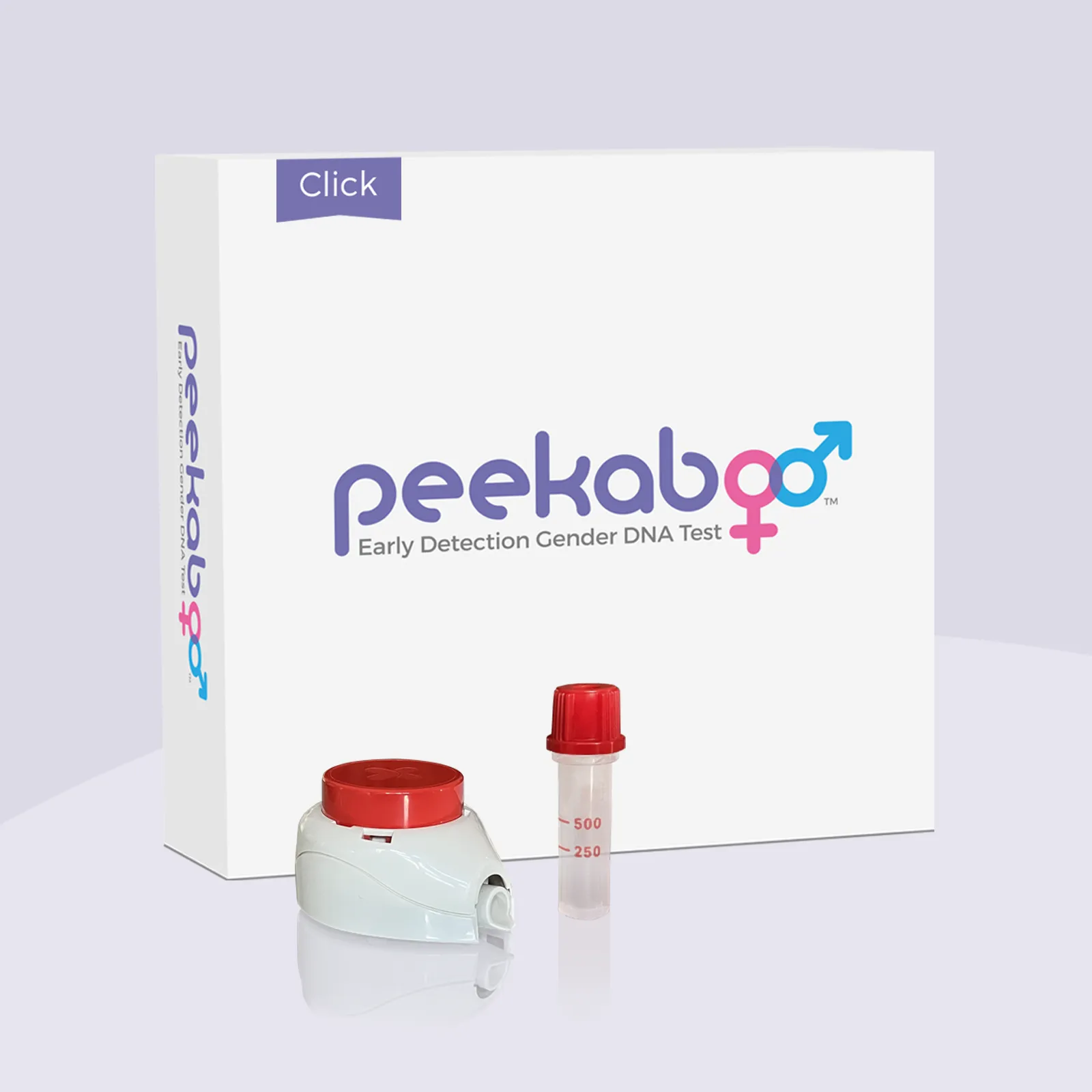Menstrual cramps are a common occurrence in many women’s lives, signaling the start of menstruation. However, abdominal cramping can also be a sign of early pregnancy, leading to confusion and uncertainty for women trying to conceive. Here, we will explore the nuances of early pregnancy cramps vs. period cramps, helping you differentiate between the two and understand what each may signify.
Early Pregnancy Cramps
Early pregnancy cramps are felt in the abdomen, are mild to moderate in intensity, and are experienced by some women shortly after conception. These cramps may feel similar to menstrual cramps but are often milder and are likely to be accompanied by other symptoms of early pregnancy, such as implantation bleeding, breast tenderness, frequent urination, and nausea.
When Do Early Pregnancy Cramps Occur?
Early pregnancy cramps are common and typically occur around one to two weeks after conception, coinciding with the time of implantation when the fertilized egg attaches to the uterine lining. These intermittent cramps may last anywhere from a few days to multiple weeks – likely to subside by six weeks gestation.
Other Common Early Pregnancy Symptoms
In addition to mild to medium abdominal cramps, early pregnancy may present other symptoms such as:
| Symptom | Description | Likelihood of Occurring |
| Nausea and Fatigue | Feeling queasy or tired, especially in the mornings (morning sickness). | Occurs in approximately 80% of pregnancies. |
| Back Pain | Increased sensitivity or soreness in the back. | Occurs in approximately 38% of pregnancies. |
| Implantation Bleeding | Light spotting that occurs when the embryo implants in the uterus. | Occurs in approximately 17% of pregnancies. |
Source: British Journal of General Practice
Period Cramps
Period cramps, also known as dysmenorrhea, are abdominal pains that occur before or during menstruation. These cramps can vary in intensity and are often accompanied by menstrual bleeding, as they are caused by uterine contractions as the body sheds the uterine lining.
Period cramps are very common; one 2012 study found that 84% of women reported menstrual pain during their period. Among these respondents, 43% reported experiencing pain with every menstrual cycle.
When Do Period Cramps Occur?
Period cramps typically occur a few days before or during menstruation, lasting for the duration of the menstrual cycle, approximately 3 to 7 days. On average, period cramps are typically more intense than early pregnancy cramps.
Other Common Period Symptoms
Apart from cramps, menstrual periods may be accompanied by other symptoms like:
- Menstrual Bleeding: During a menstrual period, the uterine lining is shed, resulting in menstrual flow (bleeding). This type of uterine bleeding is typically heavier than the light bleeding that can occur during early pregnancy.
- Food Cravings: Some women experience food cravings during their menstrual cycle.
- Back Pain: Back pain, particularly lower back pain, is a common complaint during menstruation. Hormonal changes and the release of prostaglandins can contribute to this discomfort.
The Difference Between Period Cramps Vs. Early Pregnancy Cramps
The key differences between early pregnancy cramps and period cramps include:
- Timing: Early pregnancy cramps occur shortly after conception, while period cramps occur before or during menstruation, so if you notice cramping earlier than your next expected period, it could be a symptom of early pregnancy.
- Intensity: Early pregnancy cramps are often milder compared to period cramps. Every woman is different, but comparing the cramps you’re experiencing to how your normal period cramps feel can be helpful when determining if you should take a pregnancy test.
- Associated Symptoms: Early pregnancy may present with additional symptoms like implantation bleeding (often light) and nausea – especially in the morning. These symptoms, while possible, are not likely to occur during a period.
Should You Take a Pregnancy Test?
If you experience abdominal cramps and are unsure whether they are due to early pregnancy or impending menstruation, taking a pregnancy test can provide clarity. Pregnancy tests detect the presence of the hormone hCG (human chorionic gonadotropin) in urine, indicating pregnancy. You can also consult a healthcare professional who can offer personalized guidance and support.
Determining Your Baby’s Gender with Peekaboo
When you use Peekaboo™, you can determine your baby’s gender as early as six weeks gestation! The Peekaboo™ At-Home Early Gender Test is easy, affordable, and accurate. That’s why it’s the only early baby gender reveal test endorsed by the American Pregnancy Association.
Ready to discover your baby’s gender?
Get the Peekaboo At-Home Early Gender DNA Test, proven to be over 99% accurate, and discover your baby’s gender as early as 6 weeks from the comfort of home!


